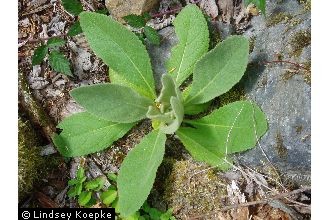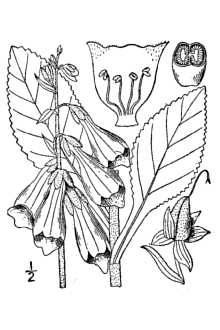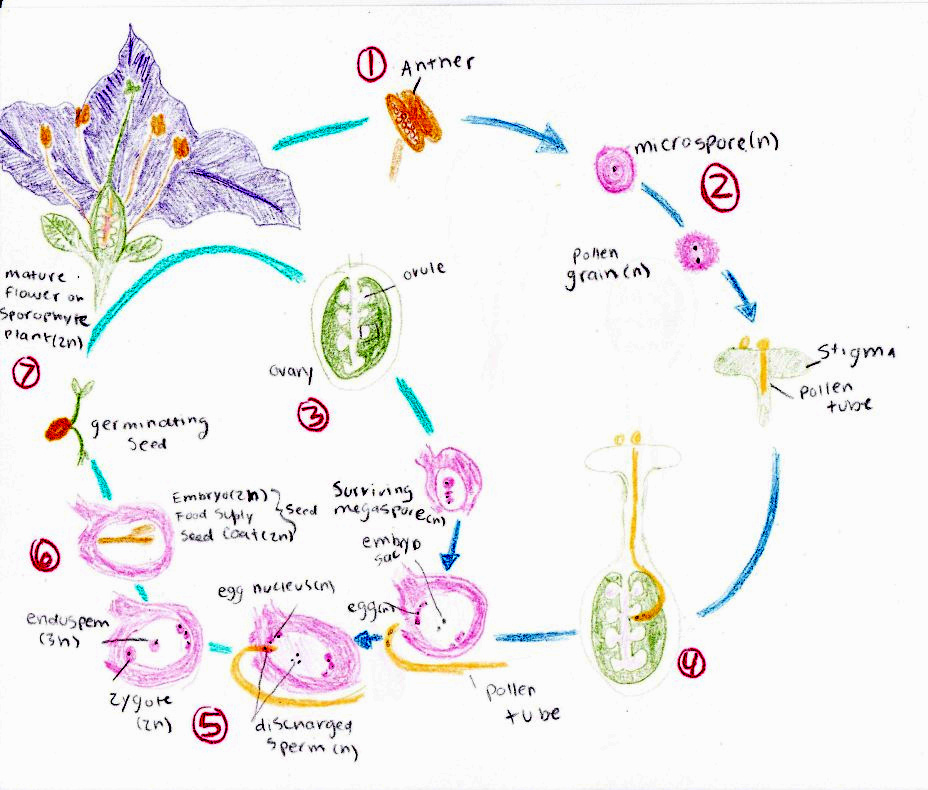Reproduction
Summary
 Due to the fact that
Digitalis purpurea are
biennial, it takes them two years to complete their life cycle,
unlike other plants that are annual
Due to the fact that
Digitalis purpurea are
biennial, it takes them two years to complete their life cycle,
unlike other plants that are annual or seasonal. During the first year, primary growth occurs, of in
other words, upward growth, growth remains in a basal rosette of
leaves. However, during the second year is when the flowering stems
start to grow and the flowers blossom. The flowering stems can grow
between 3 to 6 feet tall. However, before the flower blooms, there
are flower spikes which have thimble-like flowers hanging down that
are spotted with purple and white. These last about six days before
the flowers actually bloom. Below is an illustration of the steps
that Digitalis purpurea take to reproduce.
or seasonal. During the first year, primary growth occurs, of in
other words, upward growth, growth remains in a basal rosette of
leaves. However, during the second year is when the flowering stems
start to grow and the flowers blossom. The flowering stems can grow
between 3 to 6 feet tall. However, before the flower blooms, there
are flower spikes which have thimble-like flowers hanging down that
are spotted with purple and white. These last about six days before
the flowers actually bloom. Below is an illustration of the steps
that Digitalis purpurea take to reproduce.
1) There are microsporangium on the anther and that contain microsporophytes. These microsporophytes produce microspores by meiosis.
2) A pollen grain is developed from a microspore. It will divide and create two sperm from the male gametophyte.
3) A megasporangium is in each ovule. In these, the megasporocyte divides by meiosis to produce four megaspore. However, only one survives to form become the female gametophyte.
4) Pollination occurs and two sperm cells are discharged into each ovule.
5) One sperm fertilizes the egg to form the zygote and the other sperm fertilizes the central cell to form the endosperm, consequently, double fertilization occurs.
6)The zygote will then develop into an embryo that is packaged in a seed with food.
7) The seed them will then germinate and the embryo will develop into a mature sporophyte.

To learn more about other types of
reproduction in plants see
Polypodium glycyrrhiza and
Taxus brevifolia.
To learn more about the different interactions of the common
foxglove Interactions.